Lake Suwa in Nagano Prefecture is an idyllic getaway for visitors looking for side trips outside of Tokyo. The area is most famous for its hot springs, but it also offers a great variety of activities and sights. Ancient Shinto shrine, historic sake breweries, summer fireworks, outdoor adventures – Lake Suwa has it all.
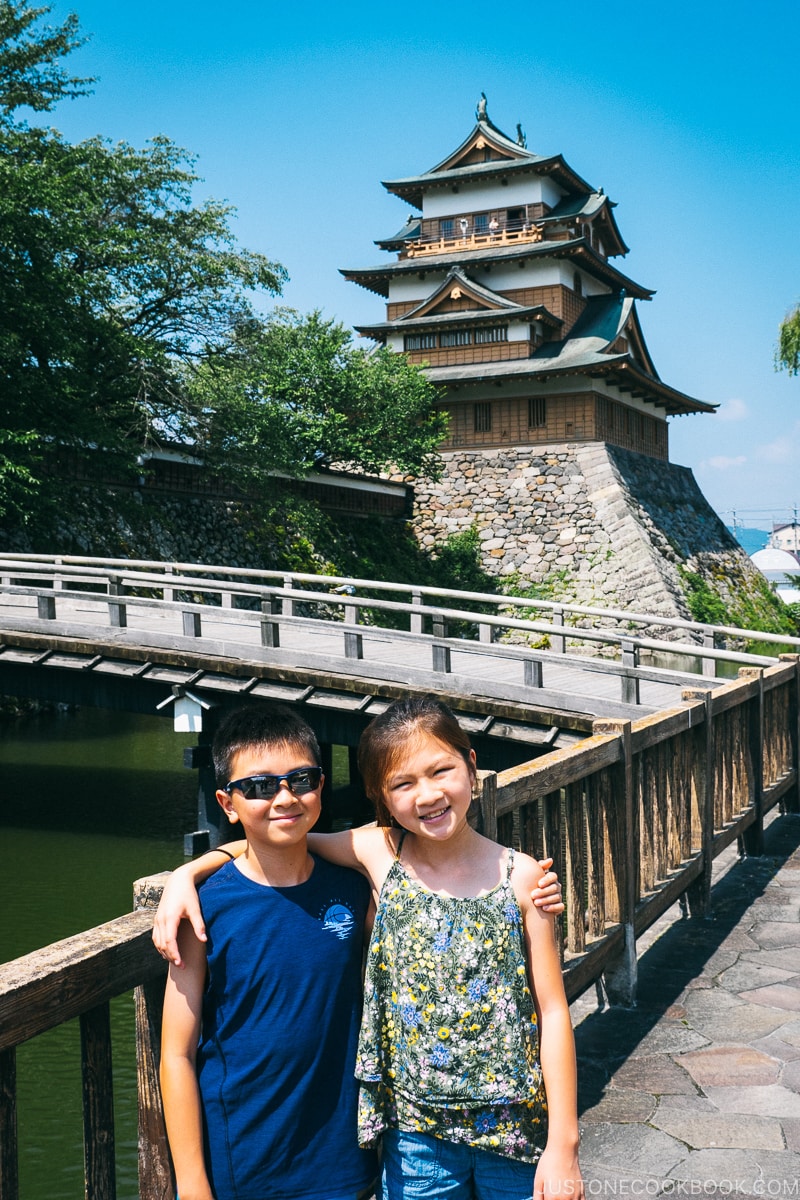
Surrounded by forested mountains and open skies, Lake Suwa in Nagano prefecture is a beautiful and enigmatic spot to visit. It is also home to an extraordinary, natural phenomenon known as “The God’s Crossing.” (o-miwatari), where large cracks form on the surface of the frozen lake in the winter.
After our tour to Hikari Miso’s factory, we took the opportunity to explore the area and enjoy the summer fireworks. Ready to tour Lake Suwa? Let’s go!
Where is Lake Suwa 諏訪湖
Lake Suwa is 2.5 hrs by train or car northwest of Tokyo. It is very easy to get to by train on the Chuo Line from Tokyo since there aren’t any transfers required. The lake is large and takes about 30 min to drive around by car.
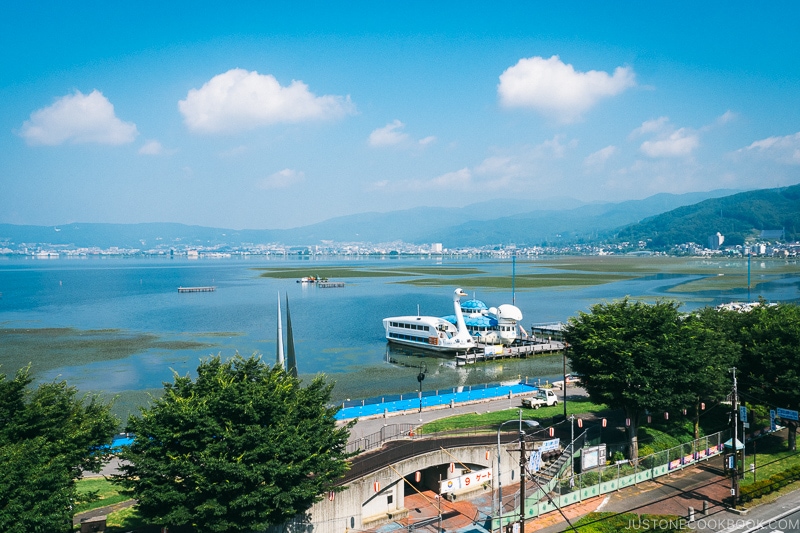
Lake Suwa Things To Do
We visited Lake Suwa in the summer, but it is popular year-round with seasonal attractions. To truly enjoy your visit, we recommend spending at least 2 days and 1 night there. The range of activities includes visiting the notable Suwa Shrines, seeing towering geysers, tasting sake, and watching fireworks at night.
Suwa Grand Shrine 諏訪大社
Suwa Grand Shrine is made up of four shrines in the area. The two upper shrines Kamisha Honmiya (main shrine 上社本宮) and Kamisha Maemiya (上社前宮) are located in the southeastern side of Suwa City.
Because they were a bit out of the way, we visited the two lower shrines Shimosha Akimiya (下社秋宮) and Shimosha Harumiya (下社春宮) during our trip. If you have time, it’s worth stopping by Honmiya as it has the most historical building and cultural properties.
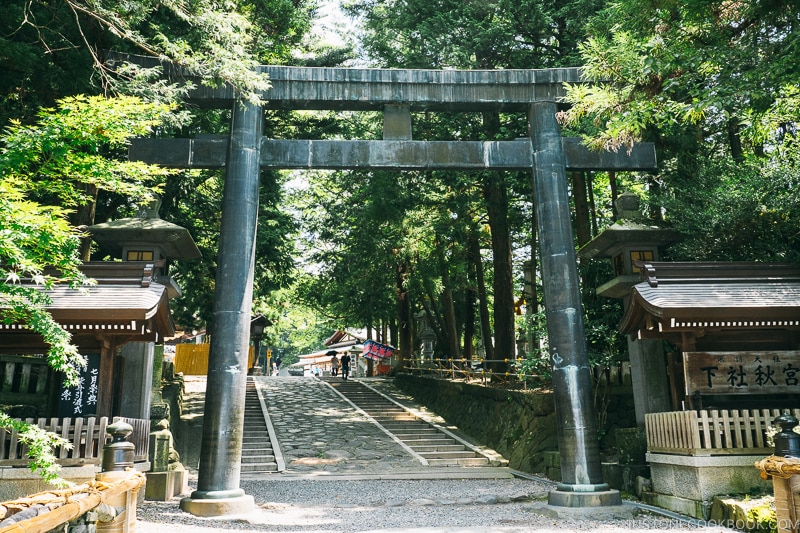
Suwa Shrine is one of the oldest Shinto Shrines (documented in the 8th century) and you can find over 10,000 affiliated Suwa Shrine in Japan. An interesting fact about the shrine is that three out of the four shrines do not have a honden (main hall) that houses a deity.
The long and fascinating history of the Shrine is impossible to summarize, but if you are interested in learning more, head on over to wiki.
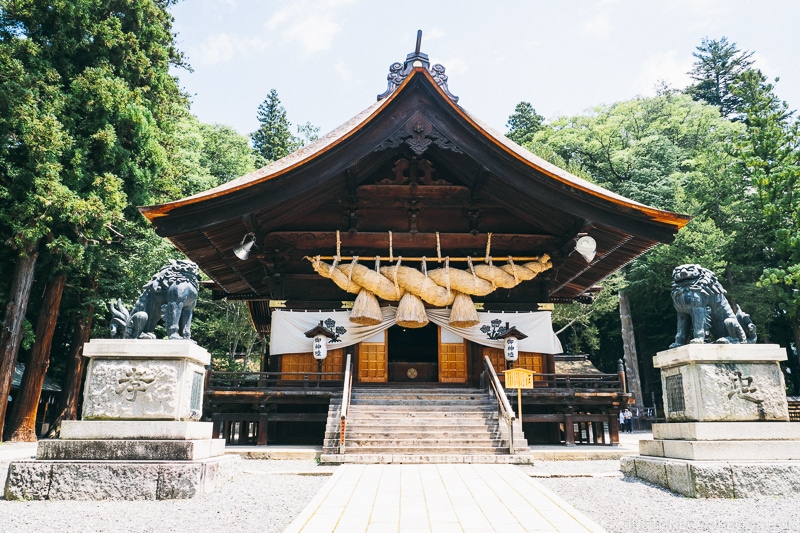
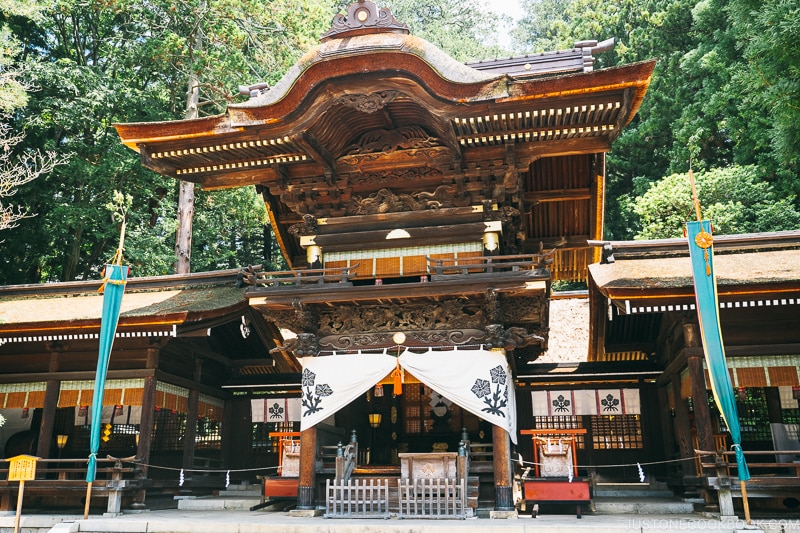
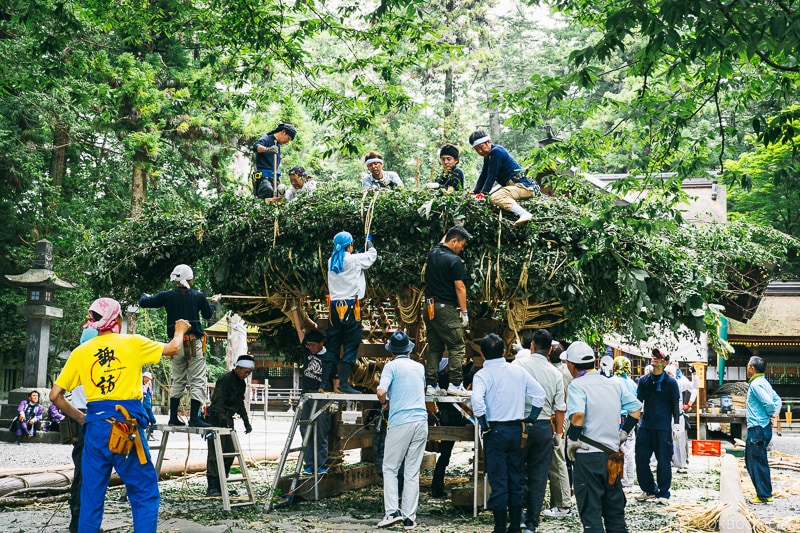
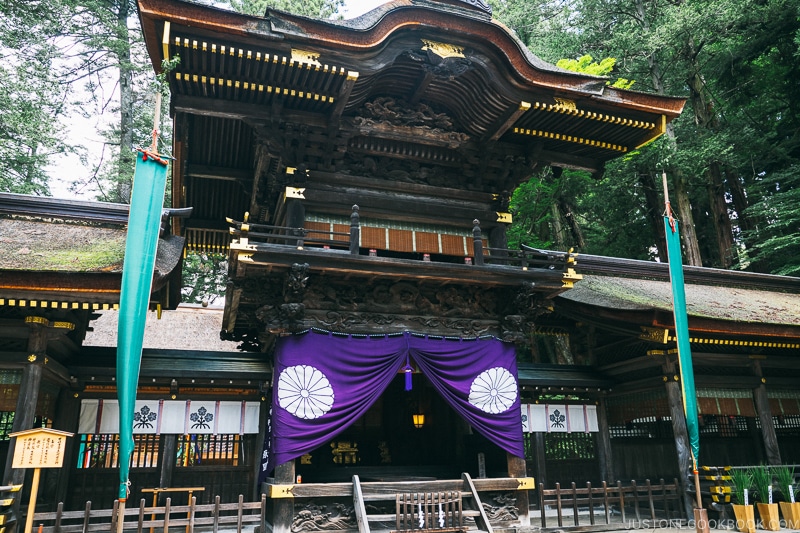
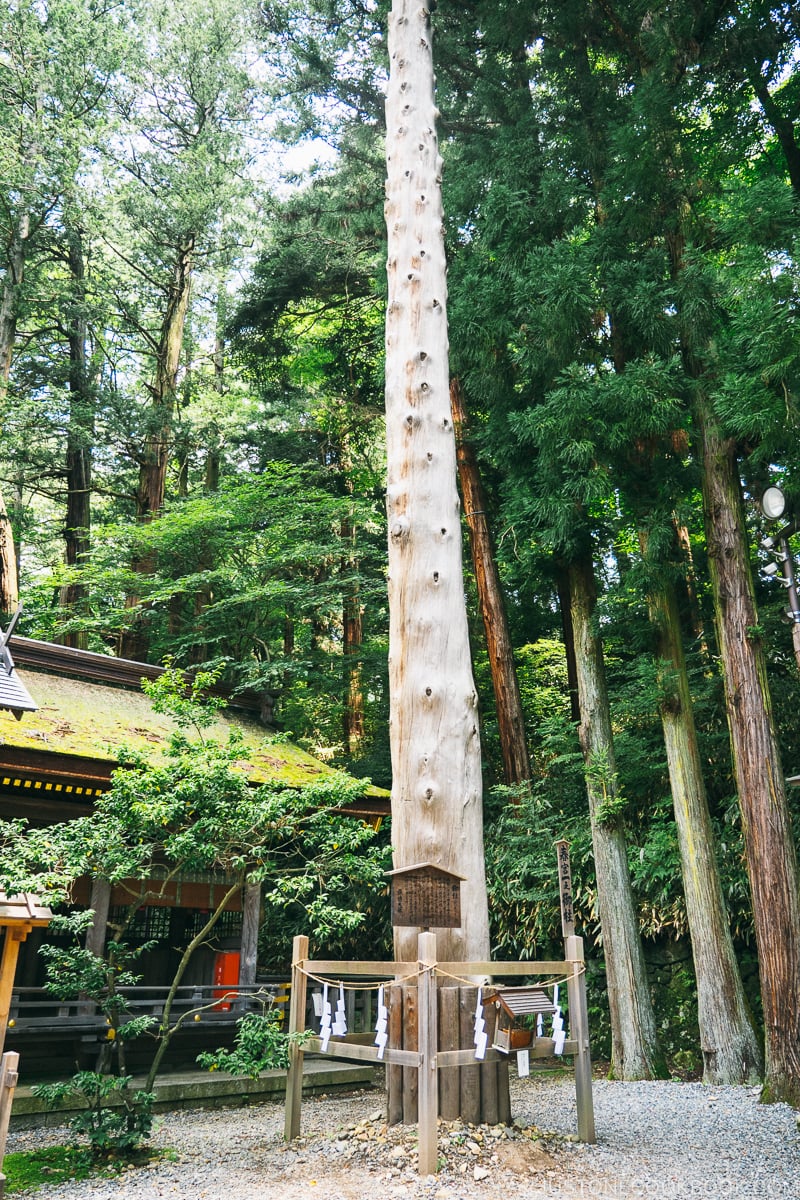
Onbashira Matsuri
Even if you haven’t heard of Suwa Shrine, you might have seen their festival celebration called Onbashira-matsuri. This festival happens every 6 years (the next one is 2022) and it is an extravaganza!
200-year-old trees as heavy as 10 tons are cut in the nearby mountain and brought to each shrine by manpower and re-erected at the festival site. As the trees are brought down the hills towards the lake on ropes, the men leaped atop the tree trunks to steer the motion! Watch the actions in the video below:
Lake Suwa Geyser Center
After visiting the shrines, we headed southeast along the lake and to the Lake Suwa Geyser Center. At the Geyser Center, a tall geyser shoots 20-30 feet into the air 5 to 6 times a day depending on the season.
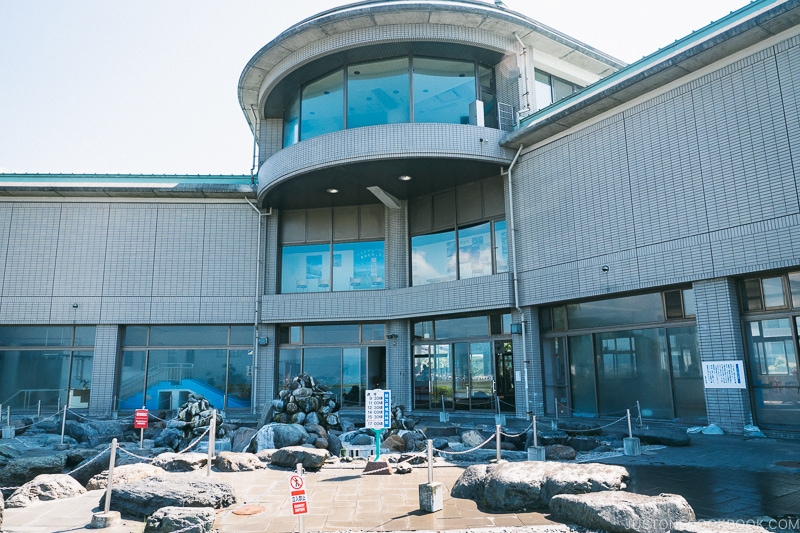
The first floor of the geyser center has a small gift shop. The second floor contains props and information for dramas that were filmed in the Lake Suwa area. On the third floor, there is information on the Lake Suwa fireworks festivals.
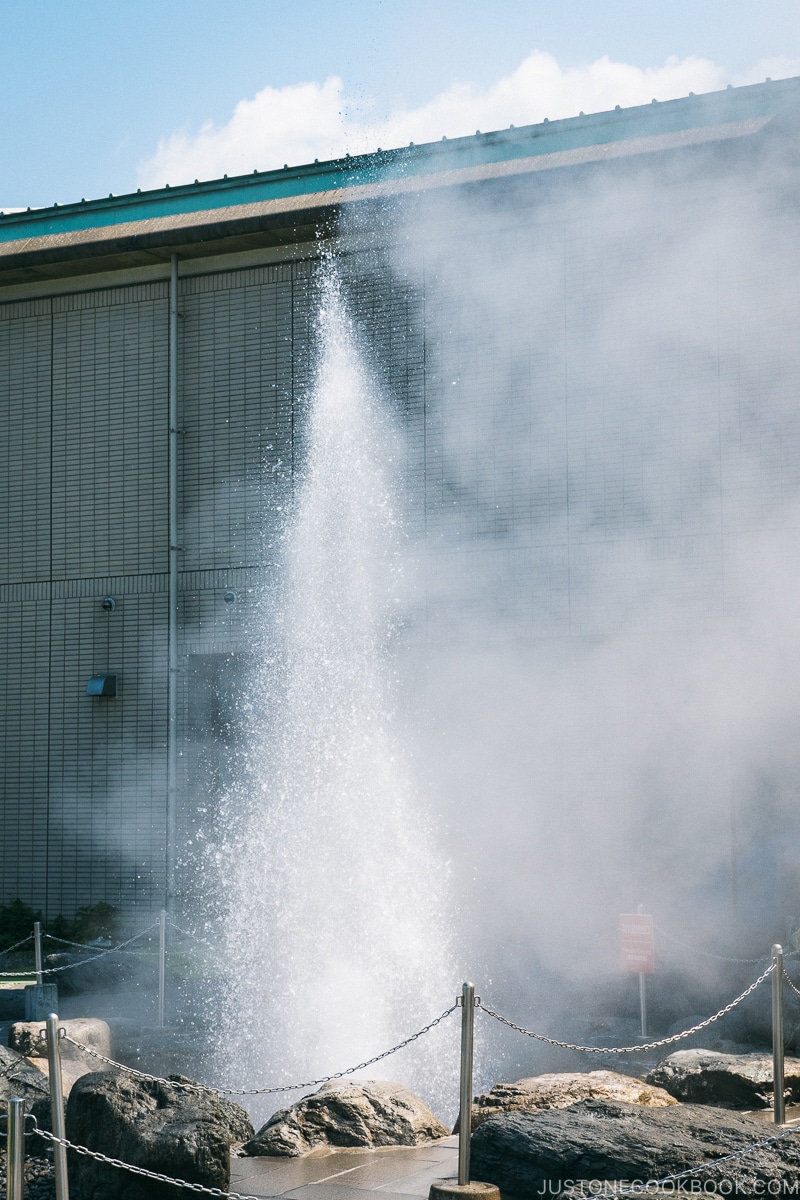
Right next to the Geyser Center is a public foot bath that is free for use. Many onsen areas in Japan have similar facilities and they are great for soaking the feet after a long day of walking.

Suwa Lakeside Park
From the geyser center, there is a path along the lake where visitors can take a leisurely walk on.
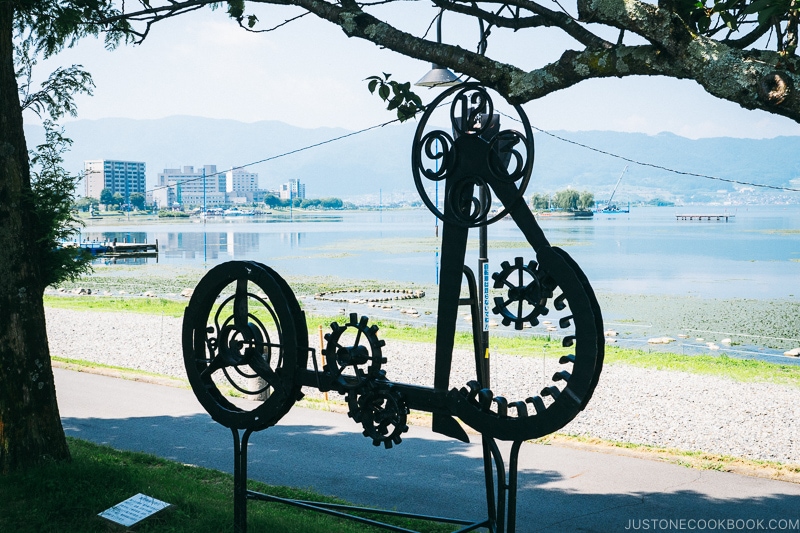
You can also take a boat ride to enjoy the serene backdrop.
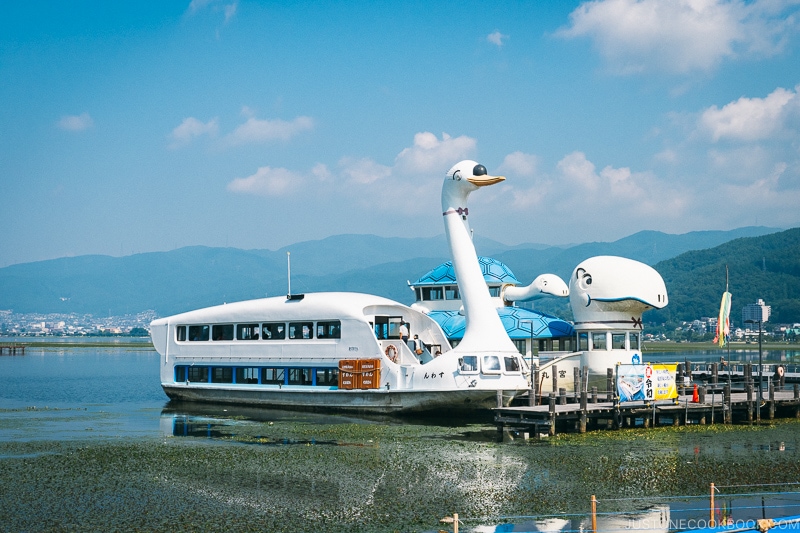
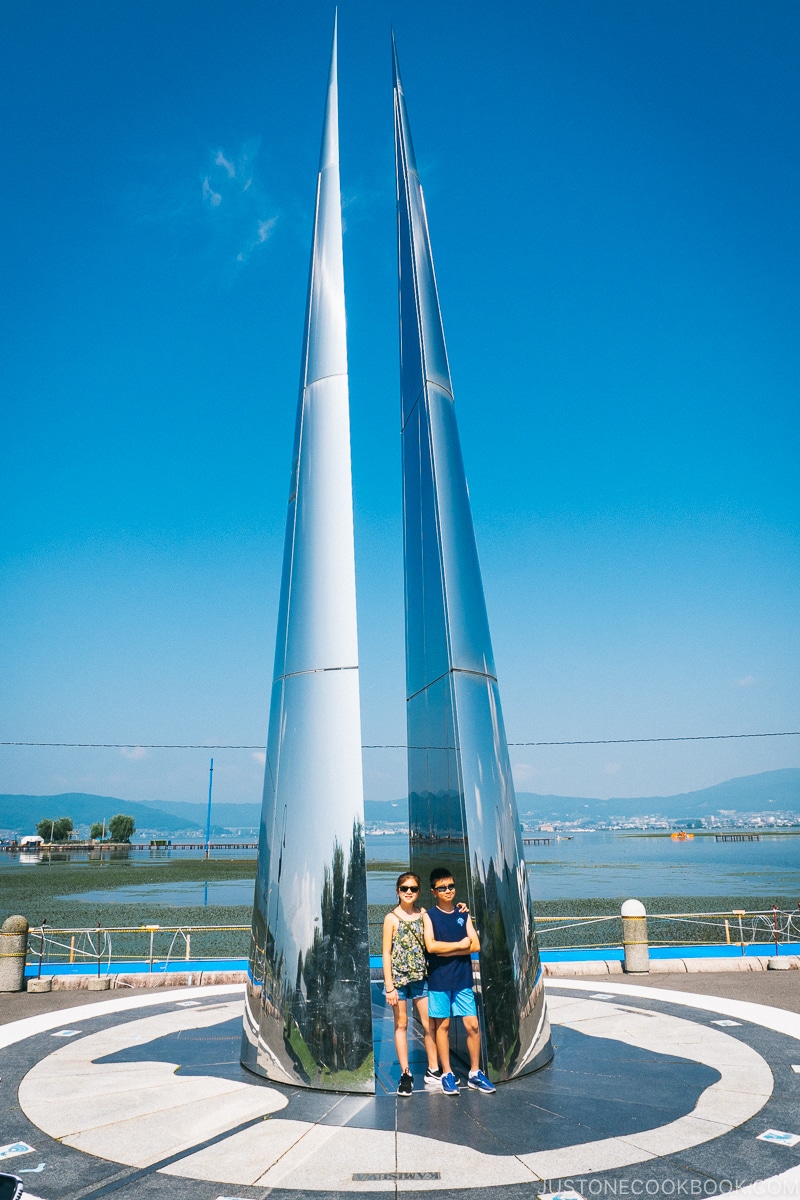
Lake Suwa Onsen
Suwa is famous for its hot spring that flows under the lake. If you like to experience hot springs in one of the most famous buildings in the city, head to Katakurakan. Built in 1928, this western-influenced building has a large onsen that can fit one hundred guests at a time.
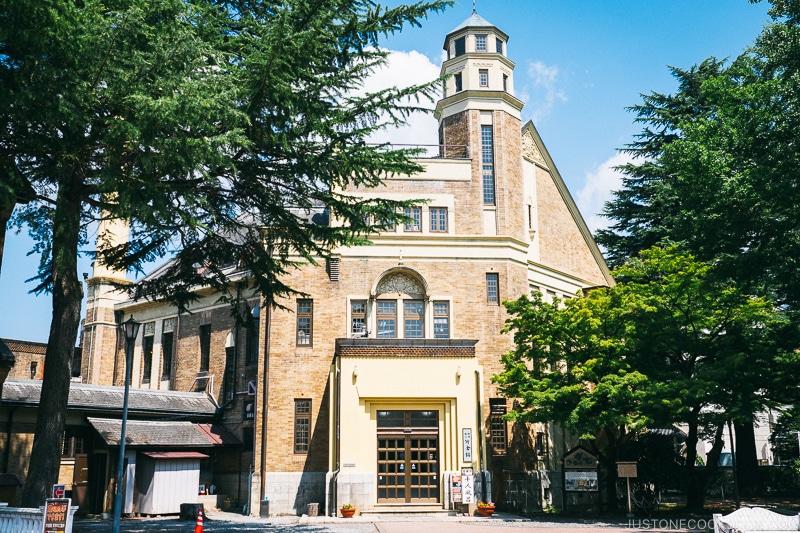
Suwa City Museum of Art
The back of the building is the Suwa City Museum of Art, one of the oldest public museums in Japan. The museum has a rich collection of Japanese art as well as some Western paintings and sculptures.
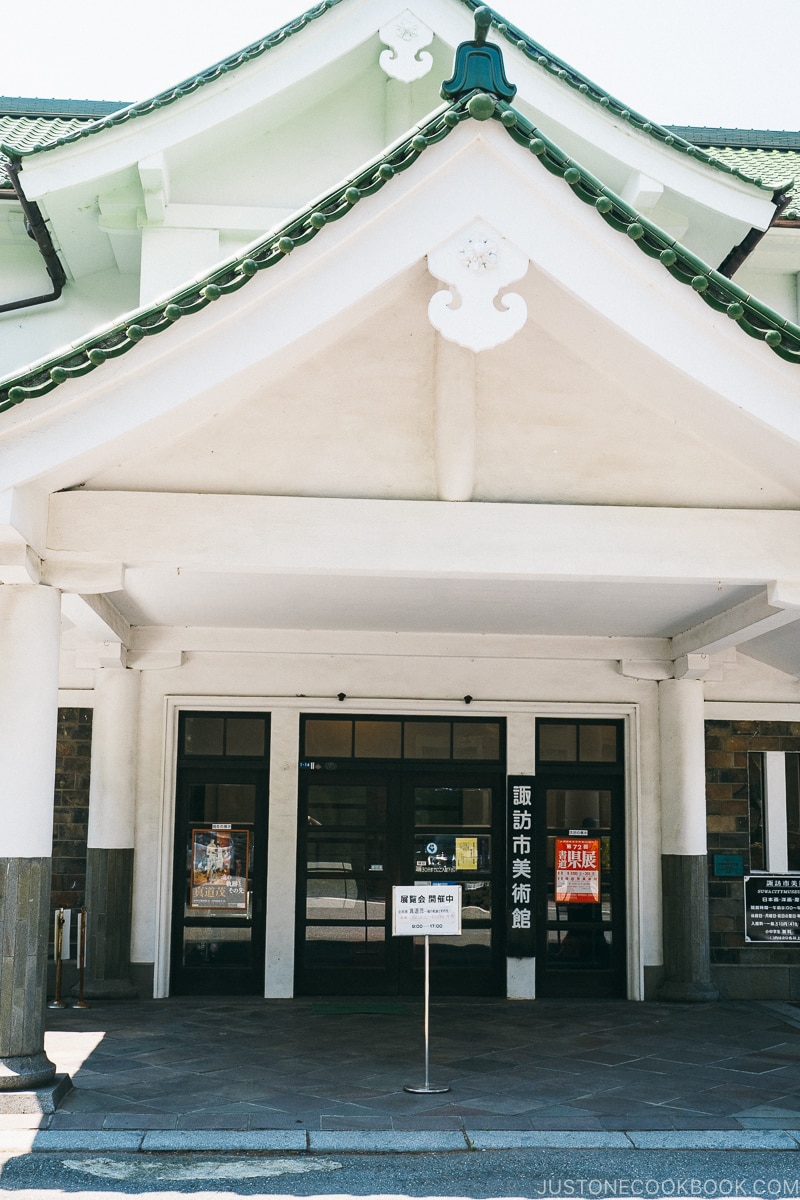
Sake Breweries
After soaking in hot springs, head to one of the famed sake breweries in the area. Some of the breweries have been around for over 250 years. The five sake breweries on the south side of Lake Suwa are within walking distance of one another. There are a few more sake breweries on the northern side.
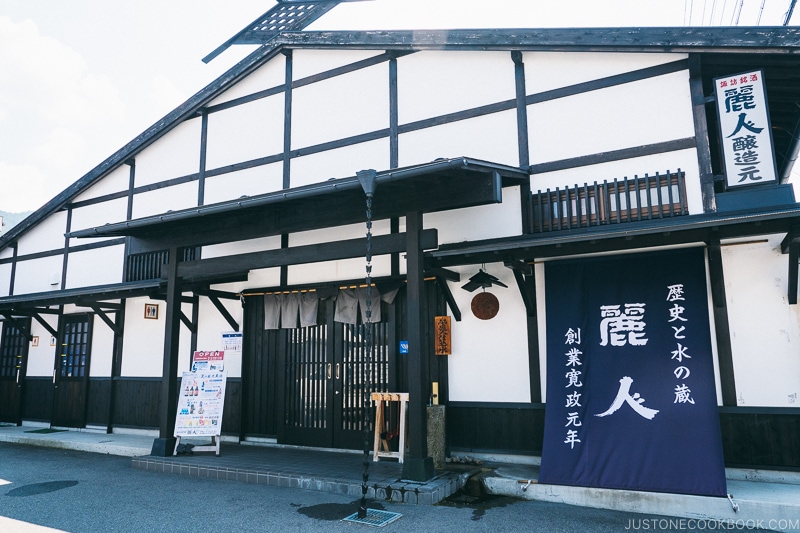
Blessed with pure, freshwater from the highlands, the resulting sake is of top notch quality. The most famous brewery is Miyasaka Brewing Co. which makes award-winning Masumi Sake.
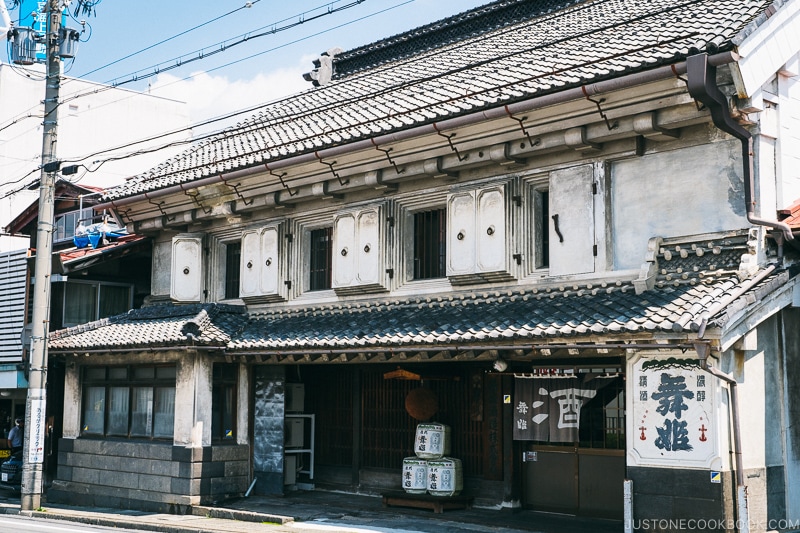
Takashima Castle 高島城
Not far from the breweries is the reconstructed Takashima Castle, home of the Suwa clan.
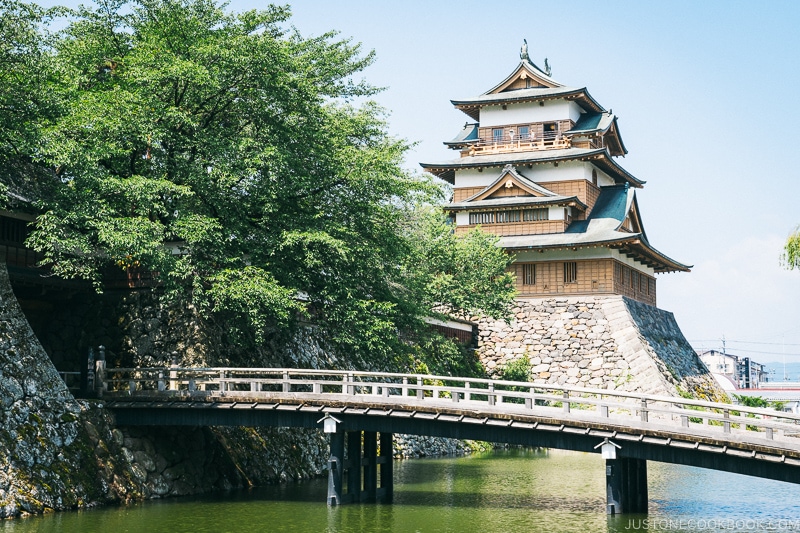
The rebuilt castle is located in Takashima Park and surrounded by a moat on two sides.
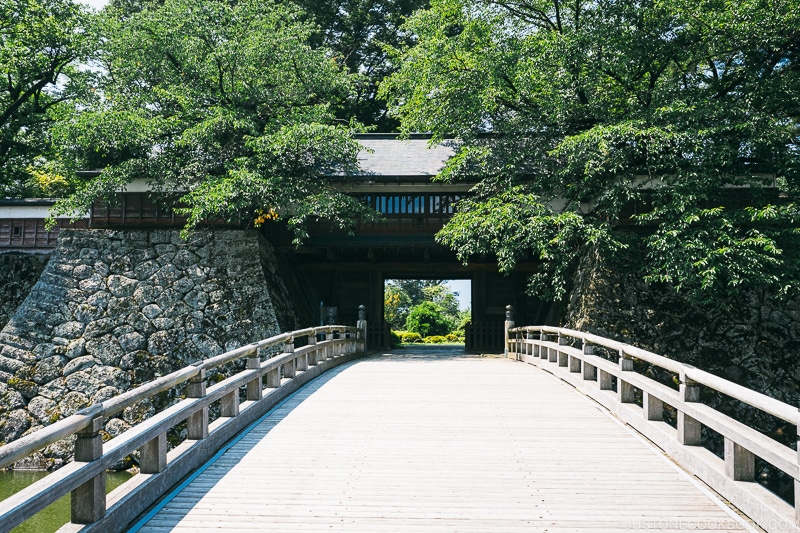
Inside the castle, there are exhibits on the Suwa Clan that used to rule the area.
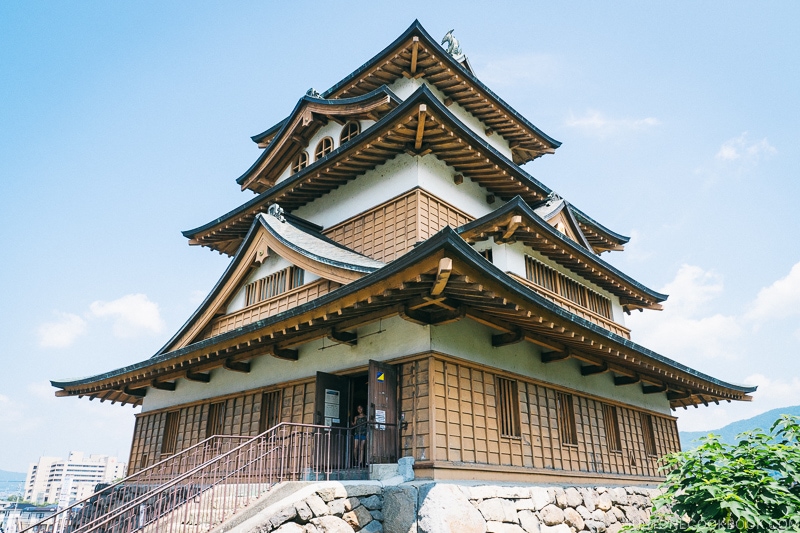
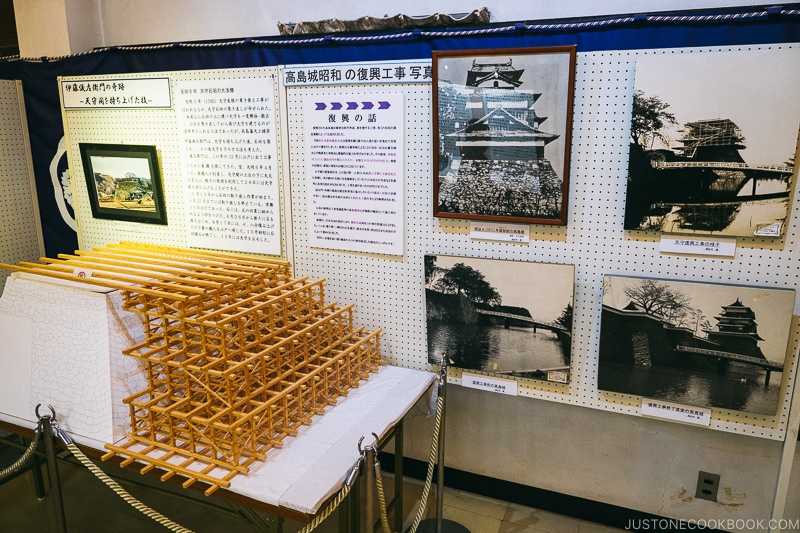
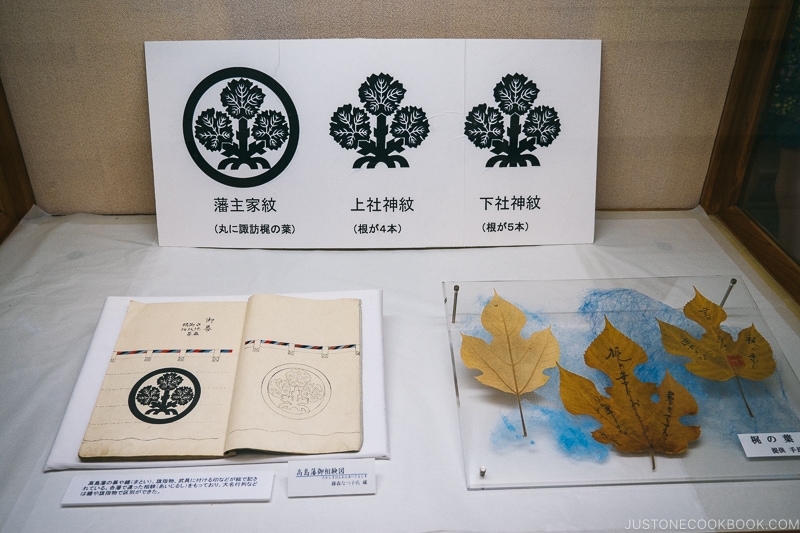
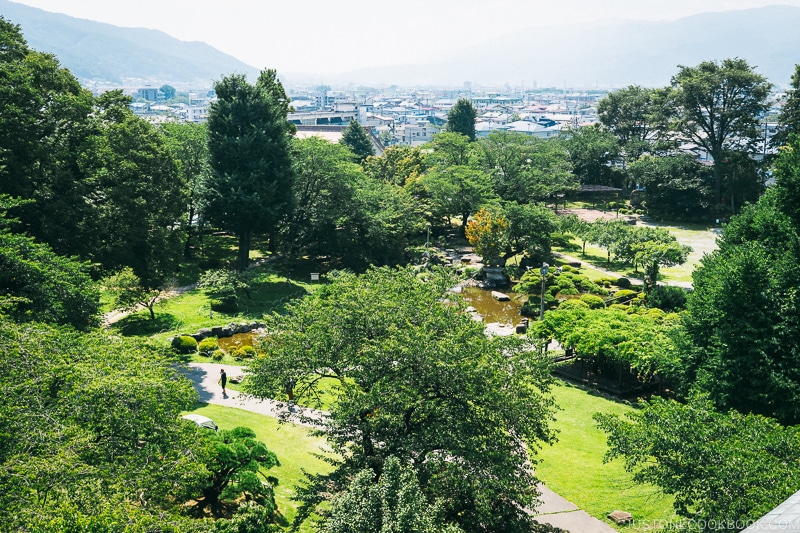
From the top of the castle keep, you can see Lake Suwa within sight.
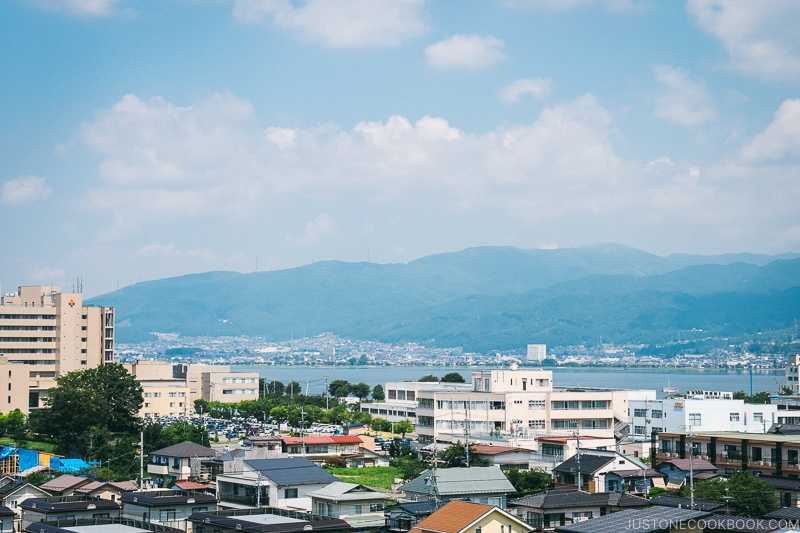
Lake Suwa Fireworks Festival
One of Lake Suwa’s biggest summer attractions is the nightly fireworks that last more than a month. Besides the daily fireworks, there are a few dates that boast large-scale displays and performances. You can check Lake Suwa Fireworks Festival for more info.
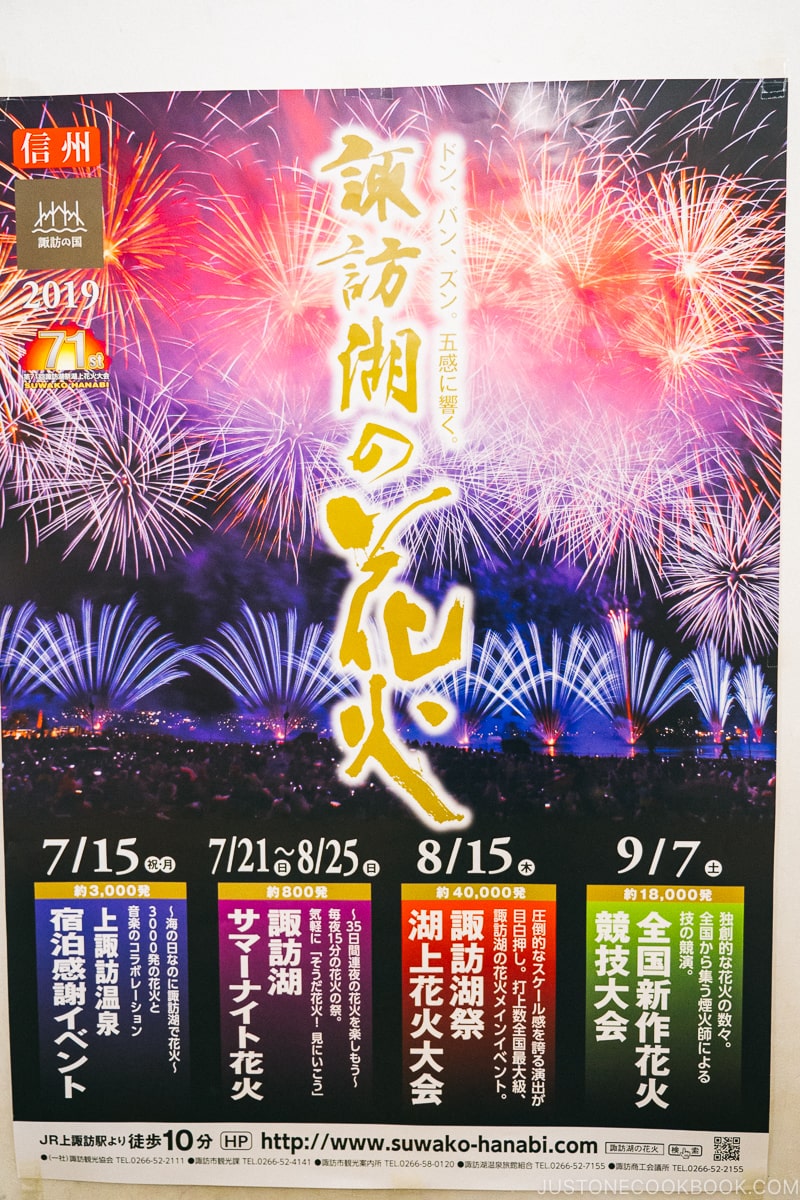
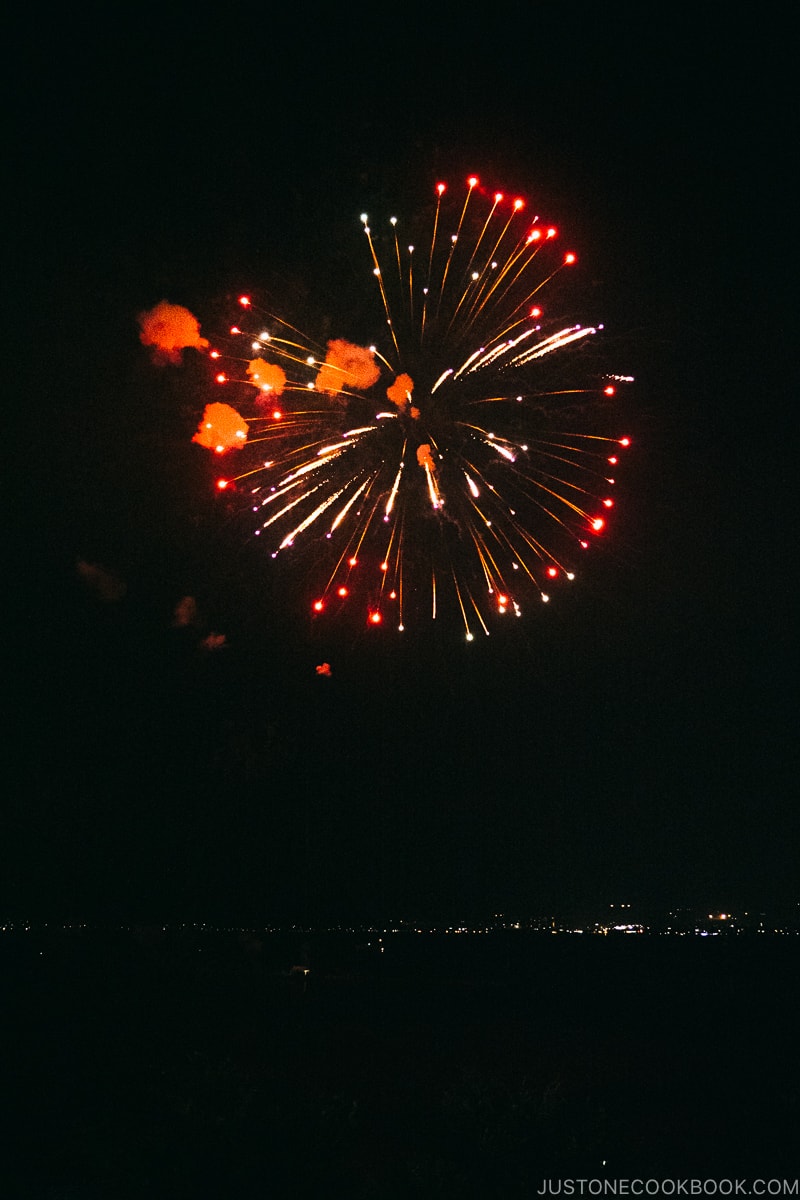
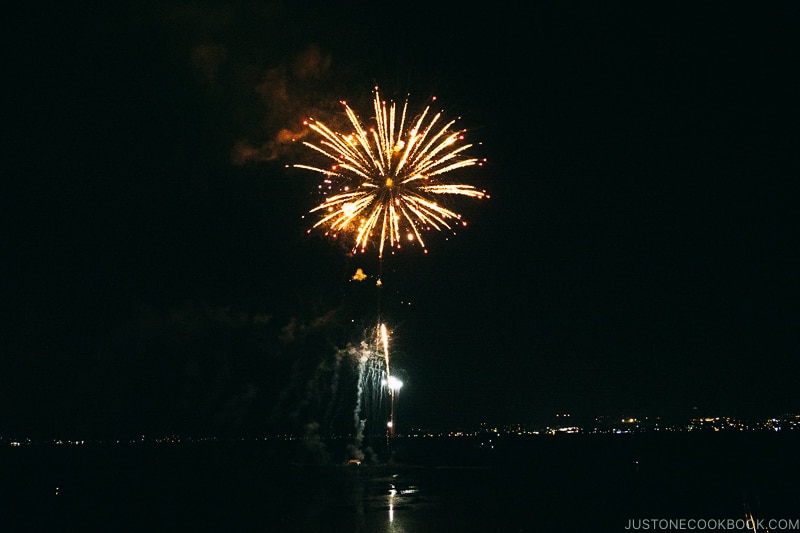
What to Eat around Lake Suwa
There are several famous local dishes in the Lake Suwa area that are not to be missed! The local katsu dish is the fried pork cutlet served with a savory brown sauce over rice. It was very yummy and satisfying.
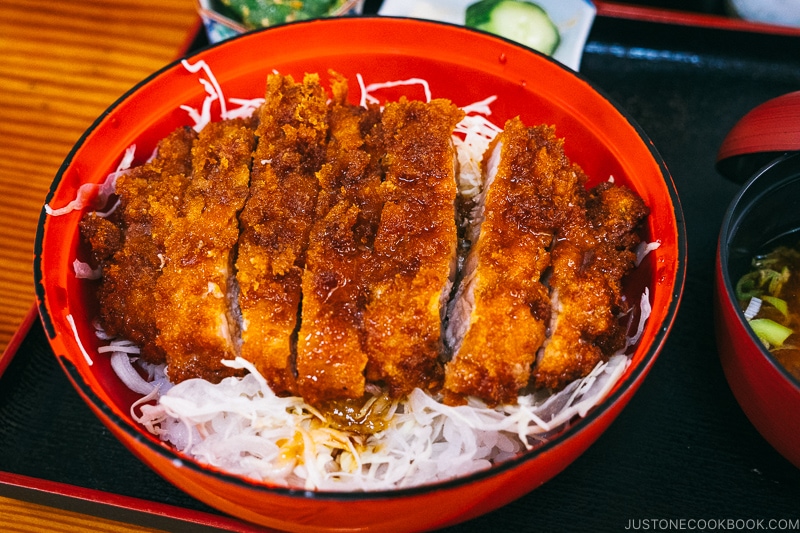
We tried soba at Soba Akishino, a traditional soba restaurant with tatami seating. This exquisite soba restaurant was set in a beautiful garden and the handmade soba and tempura were a treat. There’s nothing quite like the texture of freshly handmade soba noodles.
And thanks to the fresh spring water, Suwa is also synonymous with unagi (freshwater eel). You can find unagi restaurants on almost every corner. We didn’t get the chance to enjoy the local delicacy, but you might want to try it out.
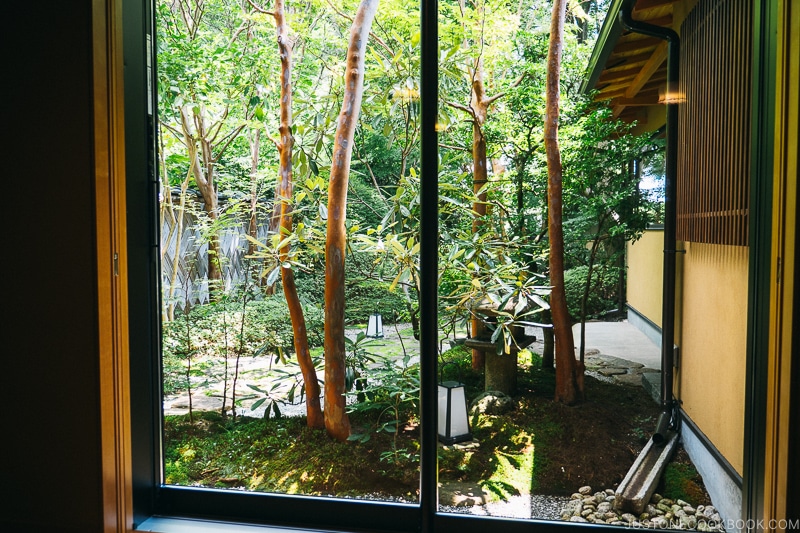
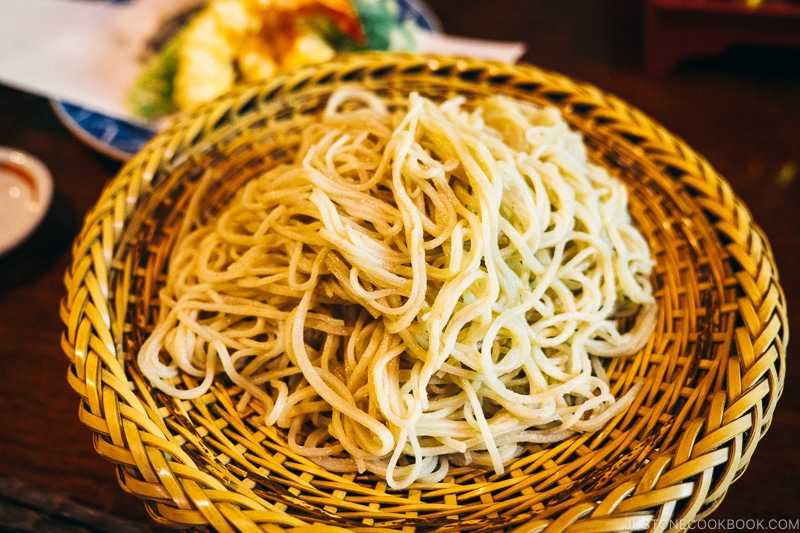
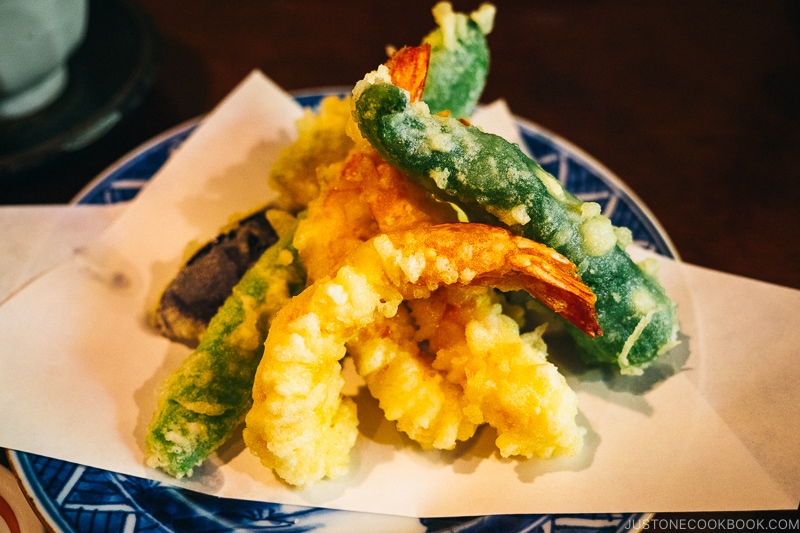
Where We Stayed at Lake Suwa
We stayed at Hotel Suhaku during our visit to Lake Suwa. The hotel had a nice hot spring facility on the top floor, but the best part is we could view the fireworks directly from our room. It is also conveniently located just 7 min from Kami-Suwa Station.
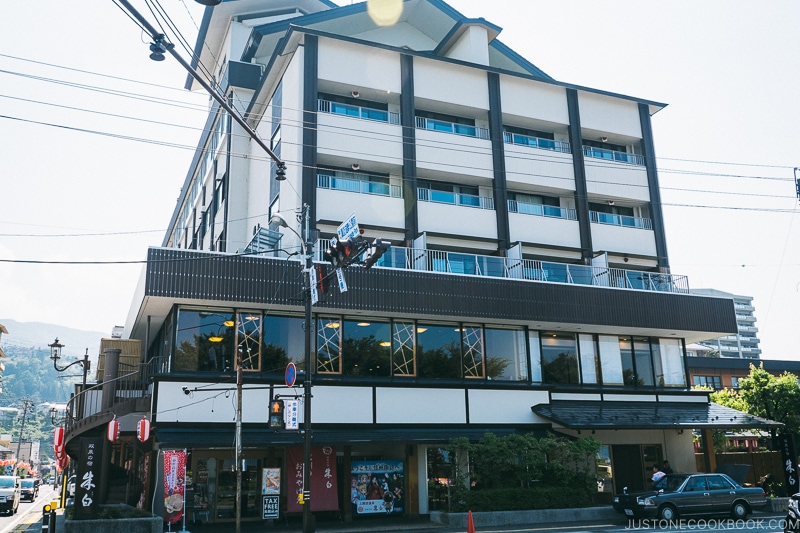
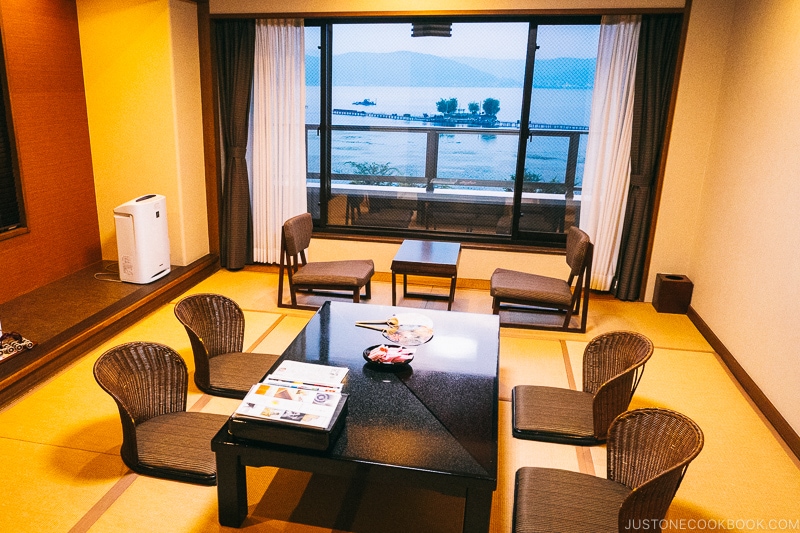
Unfortunately, the food at Hotel Suhaku was not the best. The ingredients were good quality but the preparation and presentation could have been better.
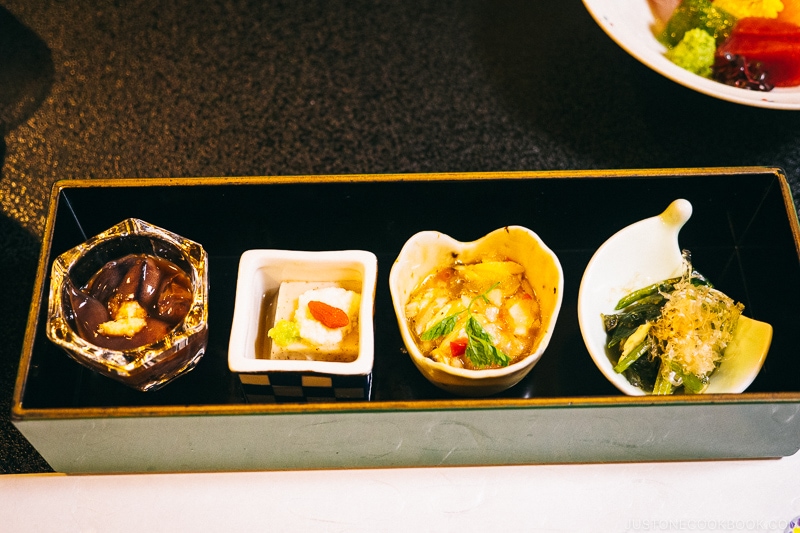
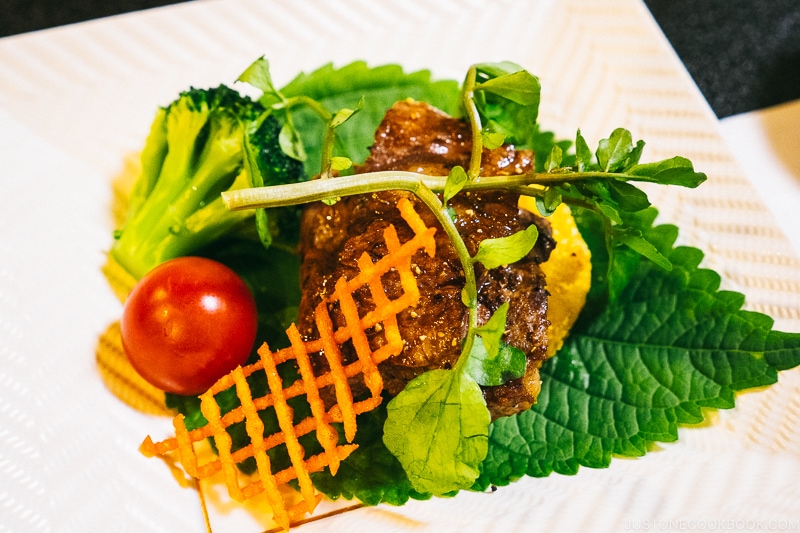
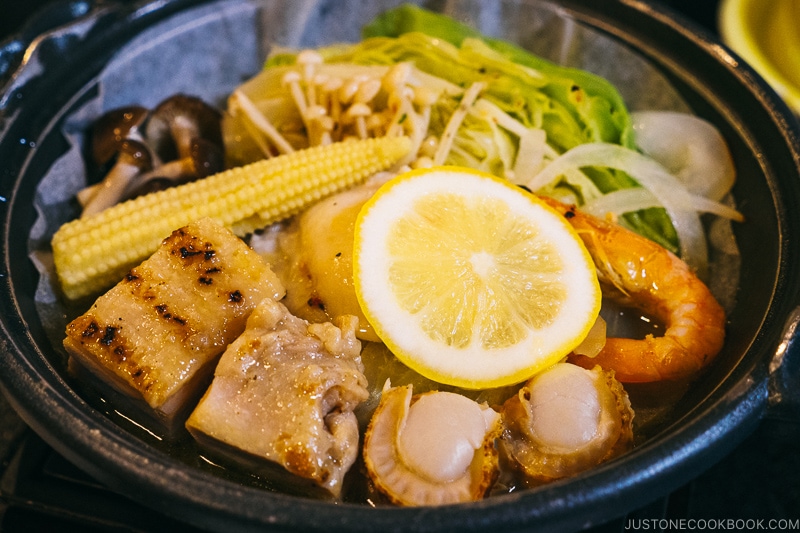
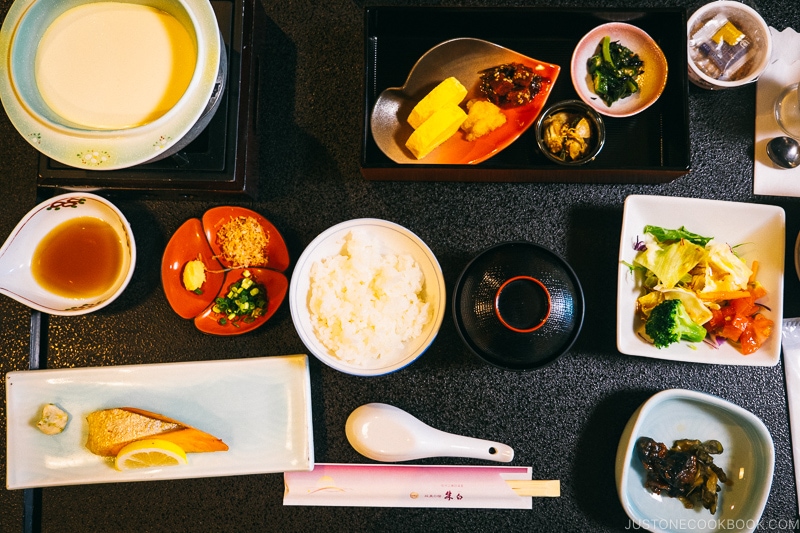
Our family had an amazing time visiting Lake Suwa. There is definitely so much more to do and discover in Lake Suwa and the nearby area. In spring, the lake radiates in the beauty of cherry blossoms, while in winter, the mountain slopes offer skiing opportunities. This is all to say that Lake Suwa is the perfect place to visit.
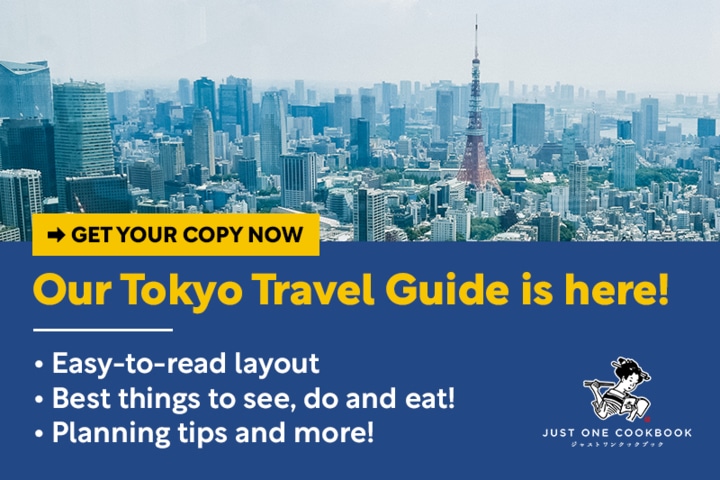
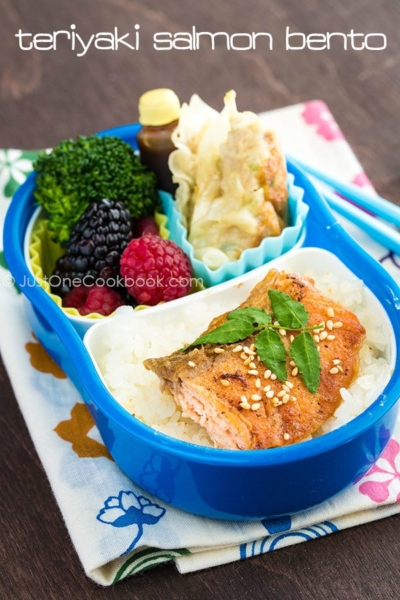

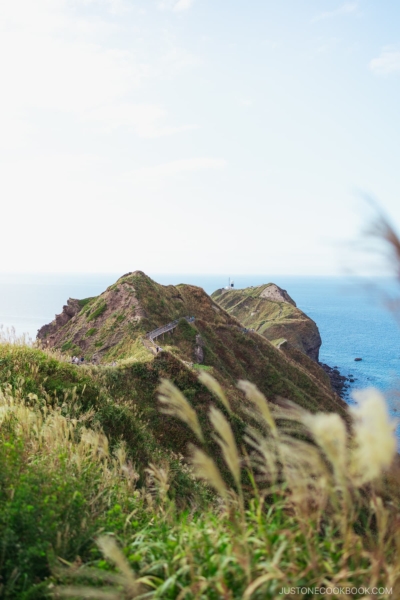
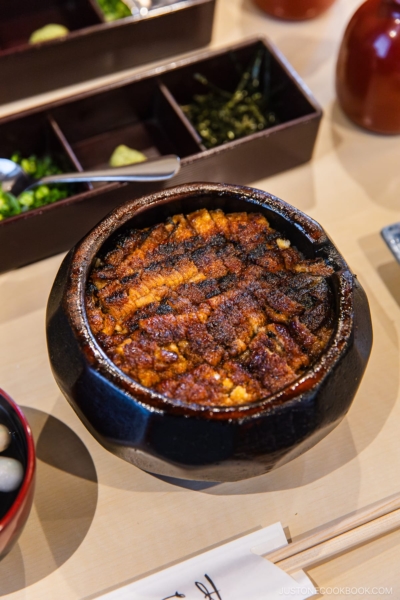




Thank you for sharing your travel venture in Japan. What travel agency do you recommend using to visit Japan?
Hi Arlene,
We would not recommed using a travel agency for visit to Japan. It’s very tourist friendly and there are English signs everywhere. All you really need is to make sure you phone has internet access as Google Maps will be your best friend there. The streets are a bit confusing as there are not many street names.
Check our first time visitor to Japan post (https://www.justonecookbook.com/japan-travel-tips-for-first-time-visitors/) and let us know if you have any questions.
Looks like a great place for holiday. Is there any other traditional ryokan besides the one you stayed. Any with private onsen bath in the room?
Hi Allan,
Typically Japanese ryokans do not offer hot springs in the room. The nicer rooms come with hinoki tubs but just hot water. The reason is hot spring water will clog up the pipes with buildup.
However, many hotels offer private rooms for soaking. For Lake Suka area, I found the following two hotels that offers private hot springs for guest rental.
http://hotel-beniya.co.jp/hot_spring
https://www.hananoi.co.jp/spa/index.html
The hotel we stayed at also offers private bath – http://www.suhaku.co.jp/hotspring/
Thanks very much for the info.